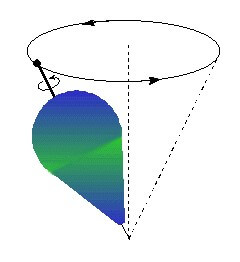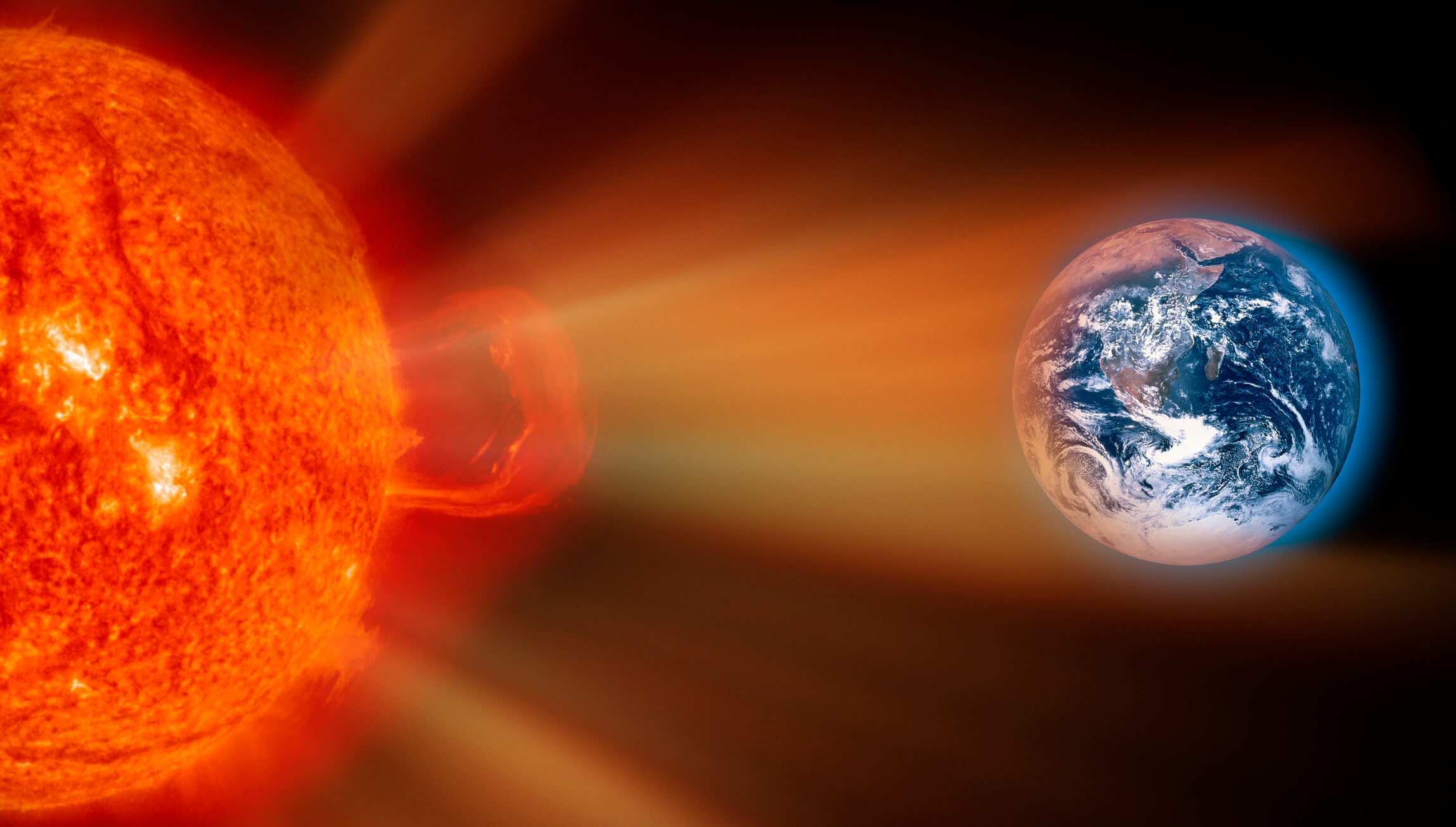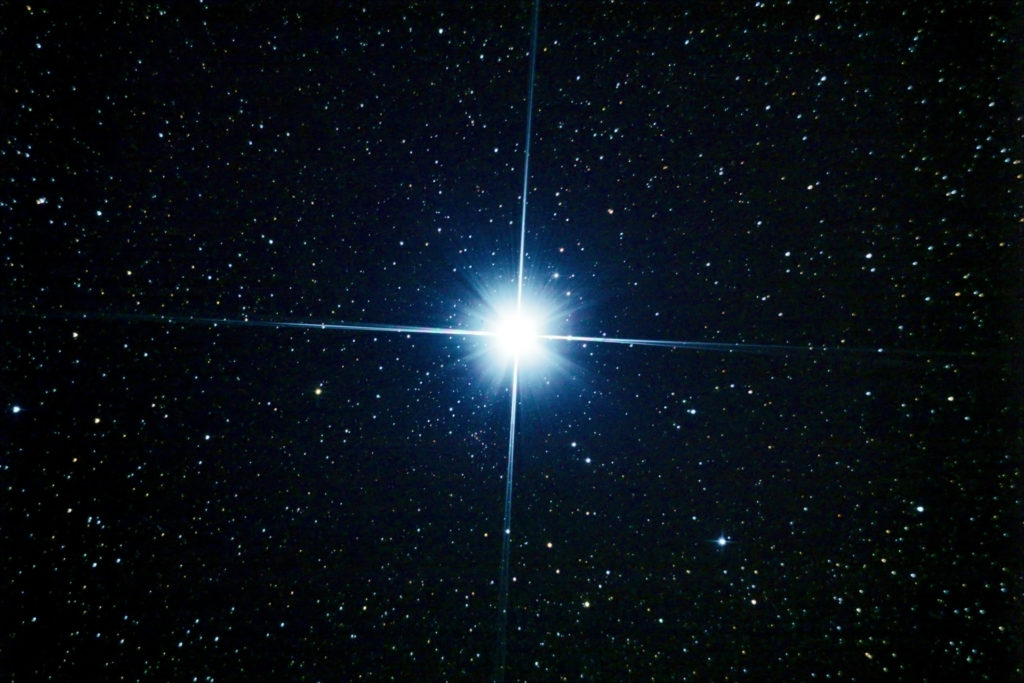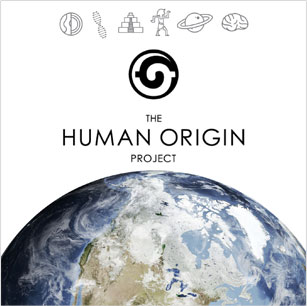The precession of the equinoxes is an observation that spans back millennia into human’s early origins. Today, a scientific understanding of the precession of the equinox is branching into fields of astrophysics, astronomy, and new fields like archaeoastronomy.
Research has revealed a closer understanding of the ancient calculations of earth’s motion through precession. It is also unveiling new theories on what causes precession of the equinoxes.
Like all scientific concepts, knowledge progresses forward as new evidence emerges. The challenge of the scientific community is to re-evaluate current theories based on multi-disciplinary research and evidence.
In this article, we’ll explore the Lunisolar theory and 6 steps to understand what really causes precession.
What is the Lunisolar Theory of Precession?
Currently, the accepted theory of precession of the equinox is the Lunisolar Theory. It accounts for the effect of the attractions of the Sun and Moon on the Earth’s bulge at the equator.
In essence, it describes precession of the equinoxes as a ‘wobble’ in the earth due to the gravitational pull of both the sun and the moon.
Using Newtonian calculations, it predicts the Earth’s pole to sweep out a circle on the sky. The slowly moving background is the precession of the equinoxes.
The circle can be observed by shifting the polestars.
Another measurement is the constellation in the sky that the sun rises into on the spring equinox.
Does Lunisolar precession stand true today?
The Lunisolar theory of precession seems logical and simple enough that you may ask: “Why anyone would even question that?”
There is, for instance, no doubt that the sun and moon emit a gravity force on the earth.
Modern astronomers have calculated the effect of the Lunisolar influence on the earth and its bulge.
Here’s a description of the Lunisolar cause of precession from the Nasa Goddard Space Flight Centre:
“The cause of precession is the equatorial bulge of the Earth, caused by the centrifugal force of the Earth’s rotation. That rotation changes the Earth from a perfect sphere to a slightly flattened one, thicker across the equator. The attraction of the moon and sun on the bulge is then the “nudge” which makes the Earth precess.”

Precession of a spinning top: the spin axis traces the surface of a cone. Source
Case closed? Well, since the time that the Lunisolar theory was proposed, astronomers have been calculating and predicting specific observations with the method. Many problems have arisen.
Let’s look explore six problems with the Lunisolar Theory to help explain what causes the precession of the equinox.
Problem 1: The earliest attempts to explain Precession didn’t add up
Today the term precession or movement of the background star drop was considered to be officially discovered by the Greek scholar Hipparchus who lived from 190BC to 120BC.
The details are scant of how he came to this conclusion, and the understanding of his work comes from Ptolemy’s Almagest, written in the second century.
Since Ptolemy, there have been many significant criticisms of his work. One of the biggest is that his calculations fail to consider the motion of the spinning earth.
Today, let’s stick with the Lunisolar theory that earth ‘wobbles.’ It was first suggested by Copernicus as a part of his three motions:
- Earth rotates on its axis,
- Earth revolves around the sun, and
- Earth “librates” or wobbles.
He needed this third motion to explain the widely observed precession of the equinox against the fixed star background.
So he assumed the earth wobbled. (The first two are absolutely correct, the third, may as it turns out not explain precession).
Newton later continued his work. In 1686, after discovering the laws of gravity, he used them to explain the wobble motion of precession.
Using his equations, he calculated the gravity of the sun and moon acting upon earth to explain precession.
These equations do not work.
Problem 2 – Fluid Dynamics and the Lunisolar Model
In 1749, Jean le Rond d’Alembert added the principles of torque, inertia, and elasticity to explain precession. He used these to adjust Newton’s equations to explain precession.
However, these also didn’t work.
Problem 3 – The rate of the precession of the equinox is changing
In the 19th century, astronomers calculating the rate of precession noticed it was changing. The discovery began to cause the problems with the calculations. To address these issues, they add a ‘constant’ to bring the answer up to speed with measured rates.
It helps with the calculations. However, the moon is moving away from the earth slightly. So adding a constant to an equation that should be decreasing seems illogical.
The problem still stands that the equations still don’t explain why precession occurs or why it’s changing.
Problem 4 – Precession was found to be increasing at an exponential rate
The constant seems to help the equations for a while. Then in the 20th century, a closer measurement of the precession observable shows it is increasing at an exponential rate.
Over time, the actual rate outstrips the constant, making the original addition of a fixed constant, not predict the rate of precession over time.
The constant fails to fix the equations and will never explain the exponentially increasing rate of precession.
Problem 5 – In the 20th Century, the notion of binary star systems began to emerge.
As astrophysics progressed, the knowledge of star systems began to reveal a large number of binary star systems. The discovery showed that stars don’t sit stationary in space. They actually rotate around another star or system.
Today, the notion that our solar system is in motion in space is established science. In a binary system, precession may be calculated via the sun’s motion around another central orbiting partner.
Instead of the earth wobble causing precession, a binary star system suggests precession is the change of the star background due to the whole solar system moving in space.
We explore the possibility of our own sun being in a binary system here.
Problem 6 – The Lunisolar model uses the sun as stationary.
Here’s the biggest problem with the Lunisolar theory. It only considers the gravitational forces of the bodies within our solar system. The moon and sun have a gravitational force on the earth, but the calculations don’t explain precession.
The Lunisolar model of precession uses the sun as a stationary object. This is highly unlikely considering the spiral galaxy that it is a part of and the nebula of movement it produces.
Let’s just try and put a perspective on using the sun as a stationary object.
The Solar System is a part of the Milky Way Galaxy. Within the Milky Way there are 200 – 400 billion stars. Galaxies come in many sizes. The Milky Way is big, but some galaxies, like our Andromeda Galaxy neighbor, are much, much larger.
The Milky Way spins, kind of like a pinwheel. Scientists have calculated the rate to be 270 kilometers per second (168 miles per second). It takes about 200 million years to complete one rotation of our own galaxy, according to the National Radio Astronomy Observatory.
Considering there are billions of other galaxies (and the Milky Way is one of the smaller galaxies out there) it seems highly unlikely our tiny solar system would be stationary.
The nature of the Milky Way indicates there would be many different types of motions of the solar system within our own neighborhood of stars.
Causes of precession due to its motion in space
The Lunisolar theory uses the idea that the earth wobbles due to the gravity of the moon and sun. There are many critical problems with this, that new calculations of the rate of precession have shown to be unreliable with.
Today, the International Astronomical Union (IAU) notes that the current lunisolar precession theory “is not consistent with dynamical theory.“
Could Copernicus’s 3rd motion not be a ‘wobble’ as the Lunisolar idea of precession of the Equinox? Could it be he missed the motion of the solar system itself? Our solar system is moving within the Milky Way. However, a very likely situation is that it is part of a Binary System, which as it turns out, clears up a lot of problems with the Lunisolar theory of Precession.
That means if our solar system is rotating around another (or multiple) points. It could explain why the Lunisolar theory of precession can’t be calculated with classical Newtonian equations.
Conclusion
The jury is still out on what causes precession.
However, knowing the context in which our current theories are based helps to find the origin motion of the zodiac constellations.
Now it’s up to you. Does the Lunisolar theory explain the precession of the equinoxes?
Leave your thoughts in the comments below.
Read more about Binary Star Model Here.
Further Reading:
- https://www.researchgate.net/publication/229033144_Report_of_the_International_Astronomical_Union_Division_I_Working_Group_on_Precession_and_the_Ecliptic
- https://www.space.com/22509-binary-stars.html
- http://binaryresearchinstitute.com/bri/




























